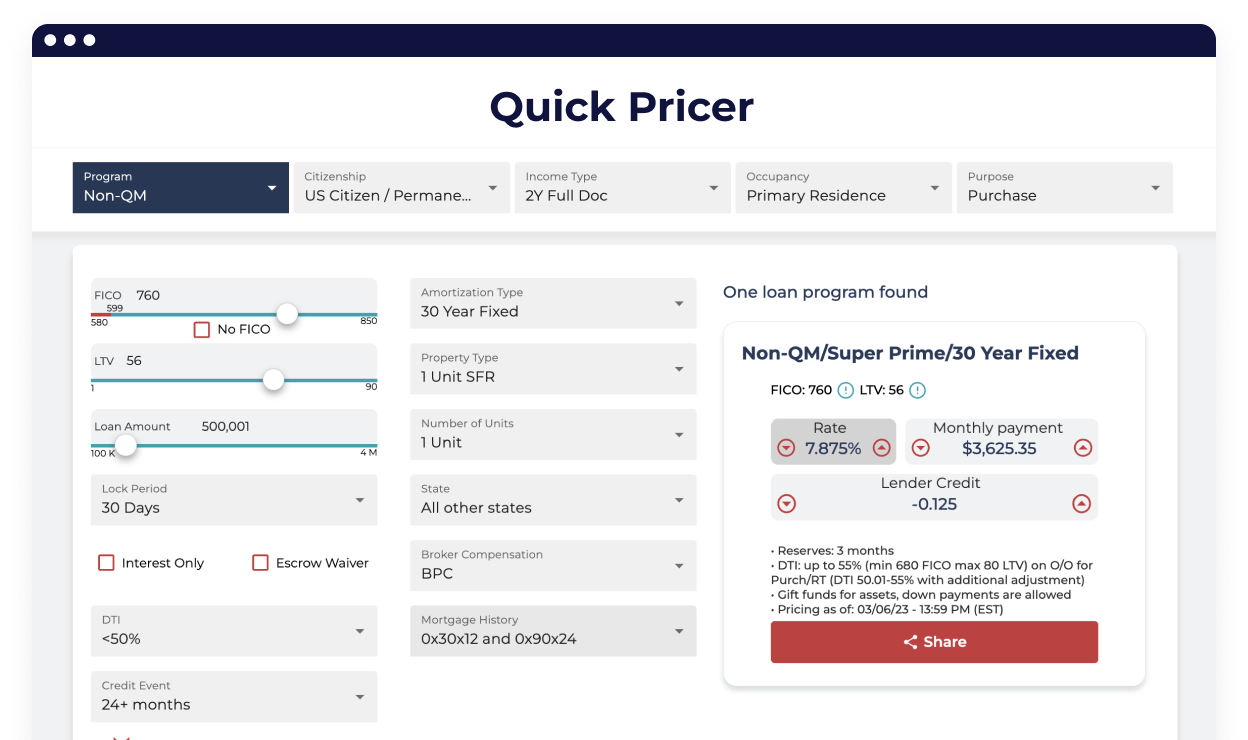Fannie Mae's HomeReady mortgage is a lifeline for creditworthy, low- and moderate-income borrowers seeking to purchase or refinance a home. It offers the security of a Conventional loan with potential cost savings on mortgage insurance. Qualifying for a HomeReady mortgage can be easier thanks to a lower down payment option and flexible sources of down payment funds.
Program features
Struggling with a loan scenario? Push the button and get a solution in 30 minutes!
Write to us, we will contact you within 30 minutes.

24 hours
24 hours
24 hours
HomeReady serves low-income borrowers.
Gifts, grants, and Community Seconds® can be used as a source of funds for down payment and closing costs, with no minimum contribution required from the borrower’s own funds (1-unit properties). Any eligible loan may have more than one Community Seconds (i.e., third lien) up to the maximum 105 percent CLTV (see Community Seconds fact sheet). Cash-on-hand can also be used for down payment and closing costs (1-unit properties).
HomeReady allows LCORs up to 97 percent LTV in DU; only for loans owned or securitized by Fannie Mae. Follow the standard guidelines per Selling Guide section B5-6-01.
Effective July 20, 2019, the income limit for all HomeReady loans is 80% of area median income (AMI) for the property’s location, including properties in low-income census tracts.
On the HomeReady page, the Income Eligibility Lookup tool provides lenders and other housing professionals with a quick and easy way to determine potential borrower eligibility. Simply use the tool to look up census tract income eligibility by property address or by Federal Information Processing Standards (FIPS) code. Eligibility by census tract is shown in the Income Eligibility by Census Tract Lookup, and income eligibility is identified in Desktop Underwriter® (DU®).
For loan casefiles underwritten through DU, income eligibility is determined based on the area median income of the subject property data, or FIPS code provided on the loan application. A field on the Additional Data screen in the Desktop Originator® (DO®)/DU User Interface gives us the ability to enter census tract information if DU is unable to standardize the property address. When the subject address cannot be standardized, and a census tract cannot be determined, but the state and zip code are provided, DU will use the AMI for the county associated to the center location of the zip code provided to estimate HomeReady eligibility. If the subject property is not located in the county identified, the user must provide the complete property address or a complete/updated FIPS code on the loan application and resubmit the loan casefile to DU. DU will then use the information provided to determine the census tract or county.
When determining whether a mortgage is eligible under the borrower income limits, we must count the income from any borrowers listed on the mortgage note whose income is considered in evaluating creditworthiness for the mortgage loan.
The HomeReady Income Eligibility Lookup tool provides us and other housing professionals with a quick and easy way to determine potential borrower eligibility for HomeReady. Simply use the tool to look up census tract income eligibility by property address or by Federal Information Processing Standards (FIPS) code.
Also on the HomeReady page, an Income Eligibility by Census Tract Lookup (spreadsheet) is provided to allow lenders to check eligibility in advance of DU submission or to determine eligibility for manually underwritten loans. The property census tract is usually provided on the appraisal.
Yes, manual underwriting is allowed, although we expect the vast majority of loans to be underwritten through DU. Certain HomeReady transactions – such as LTV ratios exceeding 95 percent, manufactured housing, and high-balance mortgage loans – must be underwritten through DU.
Borrowers with nontraditional credit are eligible for HomeReady and can be underwritten manually or through DU. Refer to the Selling Guide for details.
If a borrower has no credit score due to a lack of credit history with the credit repository, a nontraditional credit profile may be established.
For loans underwritten through DU:
For manual underwriting, an acceptable nontraditional credit profile must be established for each borrower without a credit score. A minimum of three sources of nontraditional credit are required for HomeReady loans. If a borrower does not have a housing-related source of credit, a minimum 12 months of reserves are required.
Standard MI coverage is required on HomeReady loans with LTV ratios at or below 90 percent, and 25 percent coverage is required for LTV ratios exceeding 90 percent, which is lower than Fannie Mae’s standard MI coverage levels of 30 percent for LTV ratios of 90.01–95.00 percent and 35 percent for LTV ratios of 95.01–97.00 percent that apply to most loans.
The MI coverage levels for HomeReady were specifically designed to work in conjunction with the use of the lender’s standard base guaranty fee and the loan-level price adjustment (LLPA) structure with certain waivers and caps. All MI types (e.g., monthly, single, split) and lender-paid MI are allowed for HomeReady.
Fannie Mae believes that access to quality homeownership education and counseling can provide borrowers with the vital information and resources they need to make informed decisions that support long-term homeownership sustainability.
For HomeReady purchase transactions, if ALL occupying borrowers are first-time homebuyers, then at least one borrower must complete a homeownership education course from a qualified provider*, regardless of LTV. Fannie Mae HomeView™ can be used to satisfy the homeownership education requirements. HomeView gives first-time homebuyers a clear view into the homebuying process.
Exceptions to the homeownership education course requirement:
* A qualified provider must be independent of the lender, with homeownership education content that is aligned with National Industry Standards (NIS) or is offered by a housing counseling agency approved by the U.S. Department of Housing and Urban Development (HUD).